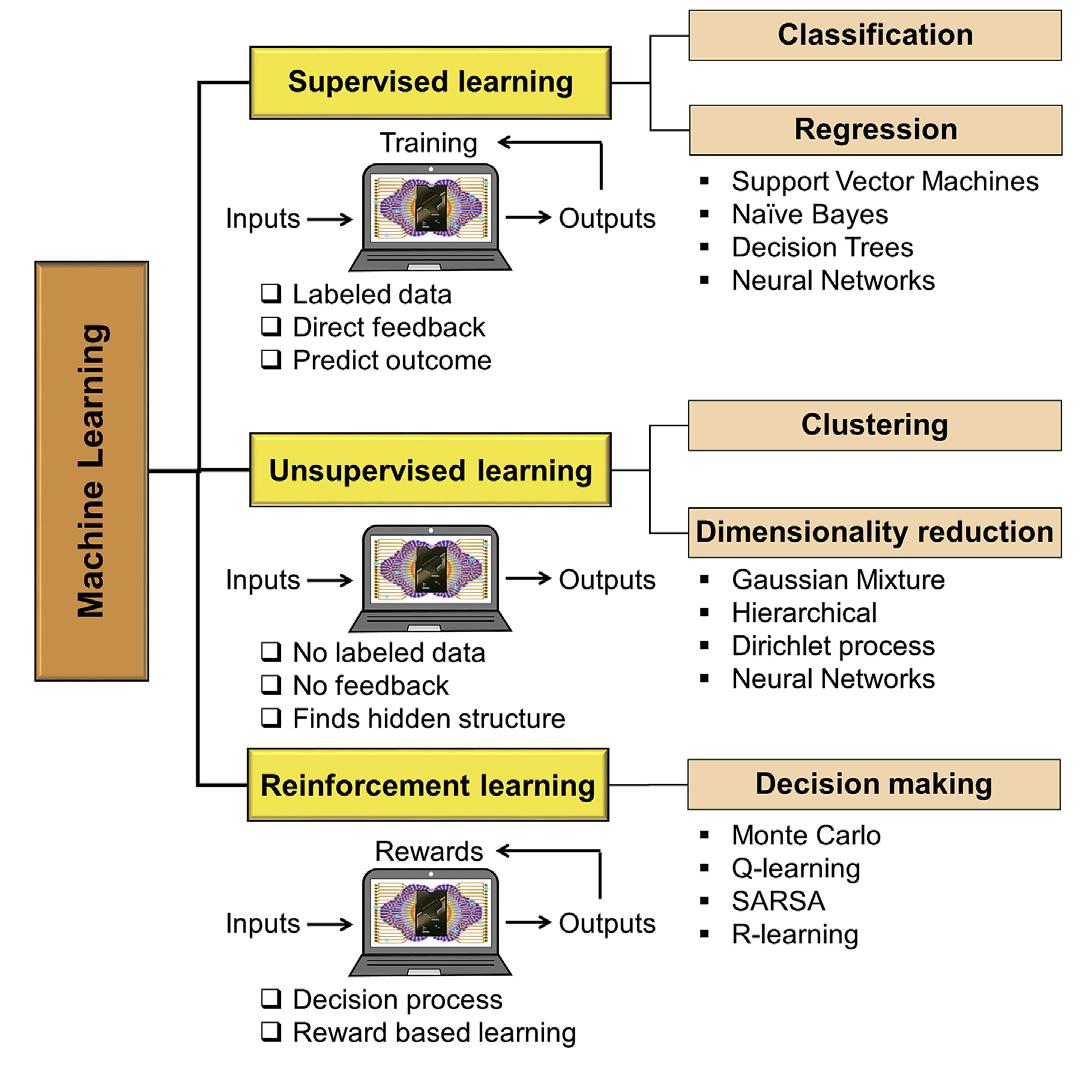Figure 4 – uploaded by Sunaina Dixit

Table 3 Summary of research on application of artificial intelligence for fault diagnosis. Table 3 power plants are extremely complex system with possibility of different types of faults, a hybrid approach is better for correlating between a specific fault and its symptoms. On testing their fuzzy neural network model through simulation of different accident scenarios, improvement in fault diagnosis efficiency was verified. However, it was mentioned that it should be ultimately tested under actual operating conditions in nuclear power plants. Peng et al. (2018) applied a class of deep neural network to develop a fault diagnosis model for nuclear power plant. They trained the model using data obtained for seven different operating statuses of power plant—six different faulty conditions and the normal steady state. The developed deep neural network shown remarkable ac- curacy of above 99%, and it was found to be far superior than the performance of models developed using back propagation neural network and support vector machines in their study which have accuracy about 95% and 93%, respectively. Hatami et al., 2014, 2016 applied adaptive neuro-fuzzy technique to design a fault tolerant intelligent control system for the power plant during operational power change. They tested this fault tolerant control system under various failure scenario like loss of coolant accident, ejection of control rod etc. and found that it has satisfactory parameters tracking performance and robust stability against failures. Fantoni and Mazzola (1996) used artificial neural networks for identifica- tion of sensor failures in boiling water reactor while Ghazali and Ibrahim (2016) used neuro-fuzzy inference algorithm for online detection of sensor conditions, and the model showed good per- formances by promptly detecting the failing sensors.












